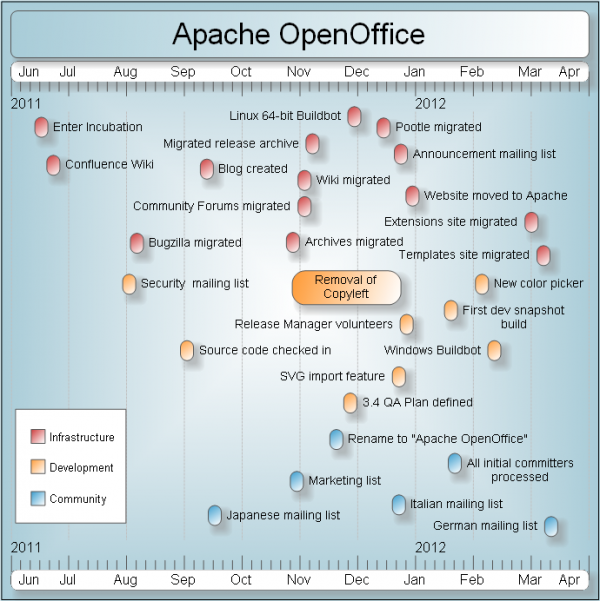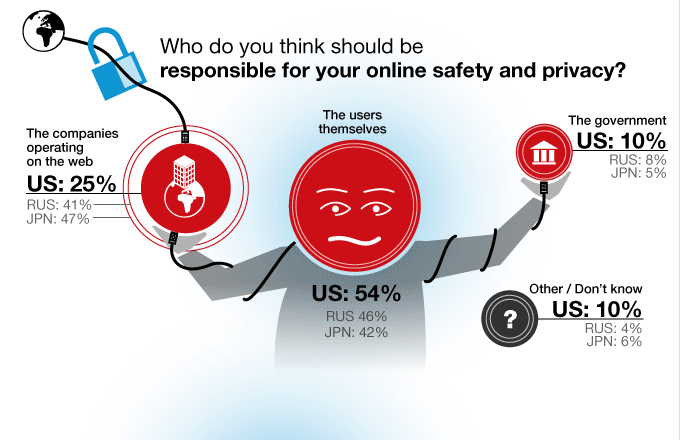It didn’t take long for the blogosphere to respond to research presented on Wednesday that detailed a file in Apple iPhones and iPads unknown to the vast majority of its users that stored a long list of their time-stamped locations, sometimes with alarming detail.
On Thursday, a forensics expert who sells software to law enforcement agencies gave a first-hand account why scrutiny of the location-tracking database is crucial. Alex Levinson, a forensics expert specializing in mobile devices, blogged that “geolocational artifacts were one of the single most important forensic vectors found on” the devices. As a result, he wrote a proprietary program called Lantern that law enforcement agencies use to actively examine the contents of the iPhone location database.
Soghoian said Apple had a responsibility to let customers know the type and extent of the information their iPhones and iPads were collecting about them.
“When you get stopped by the police and they arrest you for any crime, they can search your phone and get any data off of it,” he said. “This is definitely something that people should be concerned about and I think what it points to is that Apple isn’t taking privacy seriously.”
Indeed, Alex Levinson, a forensics expert specializing in mobile devices, blogged here that “geolocational artifacts were one of the single most important forensic vectors found on” the devices. As a result, he wrote a proprietary program called Lantern that law enforcement agencies use to actively examine the contents of the iPhone location database.
“Within 24 hours of the iPhone 4′s release, we had updated Lantern to support forensic analysis of iOS 4.0 devices,” he wrote. “Within 36 hours, we had begun writing code to investigate consolidated.db. Once a jailbreak came out for iOS 4, I wrote a small proof of concept application to harvest the contents of consolidated.db and feed it to a server for remote location tracking.”
Levinson also said iPhone location tracking has gone on much longer than indicated by Warden and Allan, who claimed it began with the introduction of Apple’s iOS 4 in late June. In fact, said Levinson, earlier iPhones contained a hidden file called h-cells.plist that contained much of the same baseband radio locations that consolidated.db has now.
“Through my work with various law enforcement agencies, we’ve used h-cells.plist on devices older than iOS 4 to harvest geolocational evidence from iOS devices,” wrote Levinson, who is a lead engineer for Katana Forensics. Continue reading…







